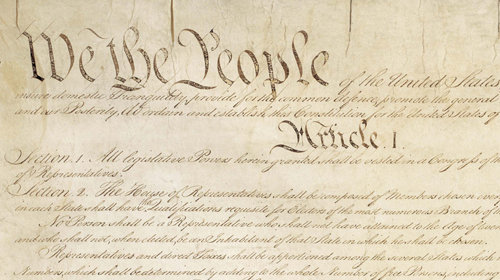
The piece below was first published as part of the New York Times Room for Debate feature “Do We Need a Law Against Catcalling?” The debate used this conversation starter:
Hollaback!, an anti-street harassment organization, released a video taken with a hidden camera that quickly went viral, offering proof that the harassment women describe (and some people dismiss) actually happens on a regular basis.
Should current laws dealing with harassment be strengthened to include catcalling, or will that go too far in trying to control speech and behavior?
The viral catcalling video illustrates a real problem. And the shameful treatment of women in our culture is not just limited to jeers and catcalls on the street. But we need to be careful about aggressively using disorderly conduct or similar laws — like those that bar “obscene” statements or gestures in public — to criminalize unwelcome verbal interactions.
First, it’s crucial to note that all states already have laws governing many forms of street harassment, including some of the behavior on display in the video. Laws covering following, threats, stalking, groping and putting someone in fear of unwanted physical contact (even if you don’t touch them) should be enforced, especially in cases involving physical contact like this one.
Disorderly conduct and “obscene gesture” laws, however, pose special problems for the First Amendment. They can be (and often are) misused against lawful protesters, people criticizing the police and individuals filming officers in public. Extending disorderly conduct laws to unwanted verbal interactions would amplify the potential for misuse in these and other areas.
Similarly, expansively interpreting such laws to cover catcalls could also raise enforcement concerns. As we have seen with stop-and-frisk programs and antipanhandling ordinances, such laws can be used pretextually as part of “broken windows” policing, which disproportionately impacts communities of color. We can expect the same bias to infect the enforcement of these laws against purely verbal interactions.
Emphatically, none of this is to dismiss the legitimate concerns raised by this video and the ongoing problem of street harassment. We should be grateful for the activists who are seeking to raise awareness about this demeaning and despicable practice. We can, however, combat street harassment without sacrificing free speech or risking unintended side effects.
Learn more about freedom of expression and other civil liberty issues: Sign up for breaking news alerts, follow us on Twitter, and like us on Facebook.



